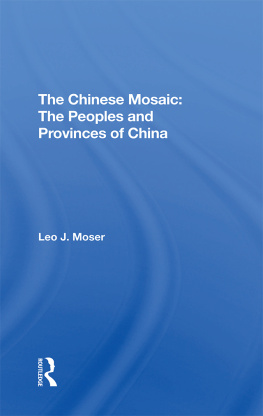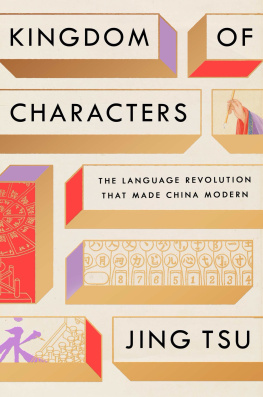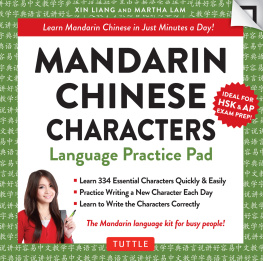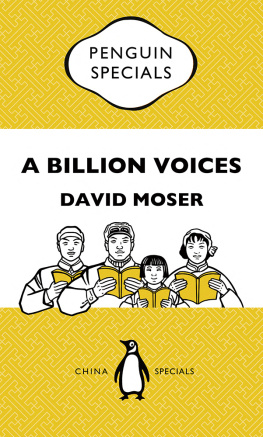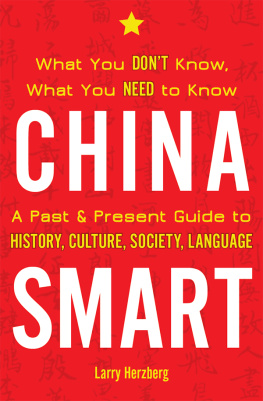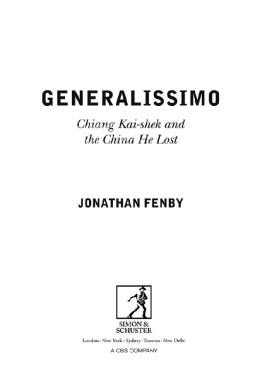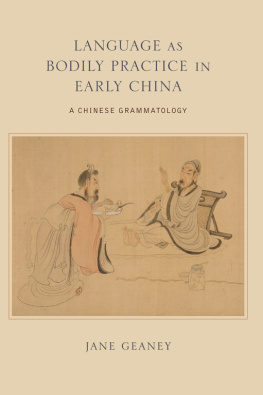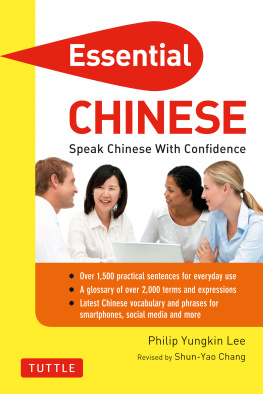
Penguin Specials
We believed in the existence in this country of a vast reading public for intelligent books at a low price, and staked everything on it
Sir Allen Lane, founder of Penguin Books.
The first affordable quality books for a mass audience were brought out by Penguin nearly eighty years ago. And while much has changed since then, the way we read books is only now becoming different. Sometimes it is still only a hardback or paperback book that will do. But at other times we prefer to read on something either more portable a dedicated reading device or our smart mobile phone or more connected, such as a tablet or a computer.
Where we are or how much time we have often decides what it is we will read next.
Penguin Specials are designed to fill a gap. They are short, they are original and affordable, and they are written by some of todays best and most exciting writers.
Written to be read over a long commute or a short journey, in your lunch hour or between dinner and bedtime, these brief books provide a short escape into a fictional world or act as a primer in a particular field or provide a new angle on an old subject.
Always informative and entertaining, Penguin Specials offer excellent writing that you can read on the move or in a spare moment for less than the price of a cup of coffee.
CONTENTS
To Victor Mair
Introduction
When Hong Kong actor Jackie Chan ad-libbed a nonsense syllable for a shampoo commercial, he probably never imagined his spontaneous creation would give rise to a lively linguistic controversy. In an advertisement for Bawang hair products, Chan extolled the virtues of their shampoo, improvising on camera, It makes your hair so black, so shiny, and moisturised. Its just... its just... duang ! He uttered the sound with a shake of his hair, as if qigong energy waves were emanating from his shiny black locks.
The footage from the ad was remixed in a parody video that appeared on the video-sharing website Youku in February 2014. For whatever mysterious reasons that cause something to go viral, the word quickly became the newest example of an Internet meme, appearing more than eight million times on Chinas microblogging site Weibo, eliciting 312,000 discussion threads, and being the subject of more than a million searches on the countrys most popular web portal, Baidu. Foreign Policy magazine even characterised duang as the word that broke the Chinese Internet.
Jackie Chans off-the-cuff neologism soon became the object of intense meta-linguistic analysis by language mavens and the public at large. Could this be considered a new Chinese word? What did it mean, exactly? What part of speech was it? Which of the four Chinese tones should be assigned to the syllable: dung, dung, dung or dung? Was there an English translation? (Some suggested boing!) Hong Kong actor Jackie Chans native language is Cantonese, so there was even some controversy about his pronunciation; was the word actually Cantonese? Certain persnickety linguist types maintained that the syllable was technically not a part of standard Mandarin phonology, though it was technically pronounceable.
Equally important, how should the new word be written? Since there was no existing Chinese character for the syllable, websites could only represent the word in the official Peoples Republic of China (PRC) romanisation system, pinyin. (There is an alternative system using phonetic symbols, the so-called bopomofo method used in Taiwan, though it seems no one seriously considered using that.)
But Chinese netizens were dissatisfied with the pinyin version alone. Surely a new word must have a corresponding Chinese character to represent it? A common sentiment expressed was, If a word cannot be written in Chinese characters, how can it be considered a Chinese word? Almost immediately the Internet community sprang into action and created just such a character. Using the two characters in Jackie Chans name, Cheng Long, a new Chinese character was born, stacking the two characters cheng, , and long, , one on top of the other with the pinyin added above, as icing on the cake:

All well and good, but there was yet another problem. There are actually two sets of Chinese characters: the traditional, complex forms still used in Hong Kong and Taiwan, and a set adopted in the PRC in the 1950s that includes thousands of simplified versions. This newly created character incorporated the simplified character for dragon, , which is used in mainland China only. Since Jackie Chan is a Hong Kong actor, naturally there had to be a version of this new character that incorporated the traditional complex character for dragon, . And sure enough, before you can say duang ! such a character materialised on the Internet:

In one fell swoop, this nonsense word managed to activate every thorny linguistic conundrum and controversy that besets Chinese language use. In fact, this fleeting Internet craze, trivial as it may be, actually serves as a linguistic microcosm for a series of complex issues that Chinese language reformers and educators have grappled with for the last century. After the fall of the Qing Dynasty and the establishment of the Republic of China in 1912, an urgent priority for the new Chinese government was the task of establishing a common language for a linguistically fractured China. When Mao took power in 1949, language unification continued to be of vital importance to the nation building agenda. Faced with the challenge of unifying a vast country populated with hundreds of ethnicities, languages and dialects, these political leaders were confronted with some of the same linguistic problems and conundrums raised above: Is there such a thing as the Chinese language? Should the Chinese people share a common tongue? How should it be defined? How should pronunciation, vocabulary and correct usage be determined? Should one standard language replace the numerous other regional variations, or should all other forms of Chinese continue to flourish? Should written Chinese continue to use the centuries-old character system, or should it be replaced with an alphabet, or some other phonetic system? And who, after all, is the final arbiter for such decisions?
In the PRC, the twentieth century quest for a solution to these problems has resulted in a version of Chinese called Putonghua. How did China arrive at this common language?
In what follows, I will present a brief historical overview of that process, and trace the trajectory of Putonghua as it moved into the twenty-first century.
What is Putonghua?
Every year in China there are almost 100 million students attending primary school learning the countrys official language, with about the same number of students throughout the world studying it as a second language. This endeavour involves vast amounts of resources, from textbooks and tapes to teachers and examiners, all for the purpose of teaching something we usually refer to as Chinese or Mandarin. If we ask these students, Where does this variety of Chinese you are learning come from? presumably most of them would simply shrug and reply, Isnt it just the language that Chinese people speak? Few of these students are aware that the Chinese they are learning is not the naturally existing language of the Chinese people for there never was such a thing but is actually an artificially constructed hybrid form, a linguistic patchwork of compromises based upon expediency, history and politics. This linguistic construct is called Putonghua, a , common speech, and it is the official version of Chinese now promulgated in the Peoples Republic of China.



